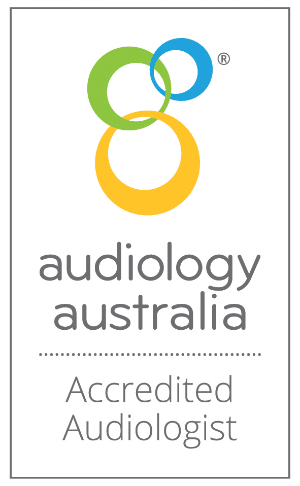This is a complex one, which gives hearing aids an unfair stigma. The primary reason many individuals fail to wear hearing aids lies with first-time users who prematurely discontinue hearing aid usage along with hearing expectations not matching chosen hearing aids/budgets.
In relation brain adaptation, this poses a problem more frequently in people who have left treatment of hearing loss too late in life. In these people, problems are usually overcome, however, they do have more issues, and require stricter, regular hearing aid use that the average hearing aid user. Regular use allows the brain to correctly go through the adaptation process that comes with neuroplasticity. In audiology we call this the "acclimatation period". During the acclimatation period, the person may find certain sounds (particularly high-frequency sounds) overwhelmingly loud and intrusive, expressing "these hearing aids are just too tinny" or "they simply don't sound right" or "all I hear is noise". But here's the kicker - this response in most cases is normal and will diminish as time goes on. Often this gets blamed on incorrect hearing aid programming or bad hearing aids. And while this is true in some cases, the reality is, in most cases it is not.
Alternatively, other common reasons for non-use is when people do not match chosen hearing aid technology to their expectations. For example, if people expect to only hear better in one-on-one situations and follow dialogue on the TV more easily, they do not require high-end technology hearing aids. However, if people expect to hear well at restaurants, cafes, and business meetings, they will require higher levels. For this reason, it's important to ensure hearing expectations match hearing aid budgets.
In summary, by selecting the appropriate hearing aids tailored to your hearing needs, and consistently using them from the outset, these challenges are nearly always be overcome.




